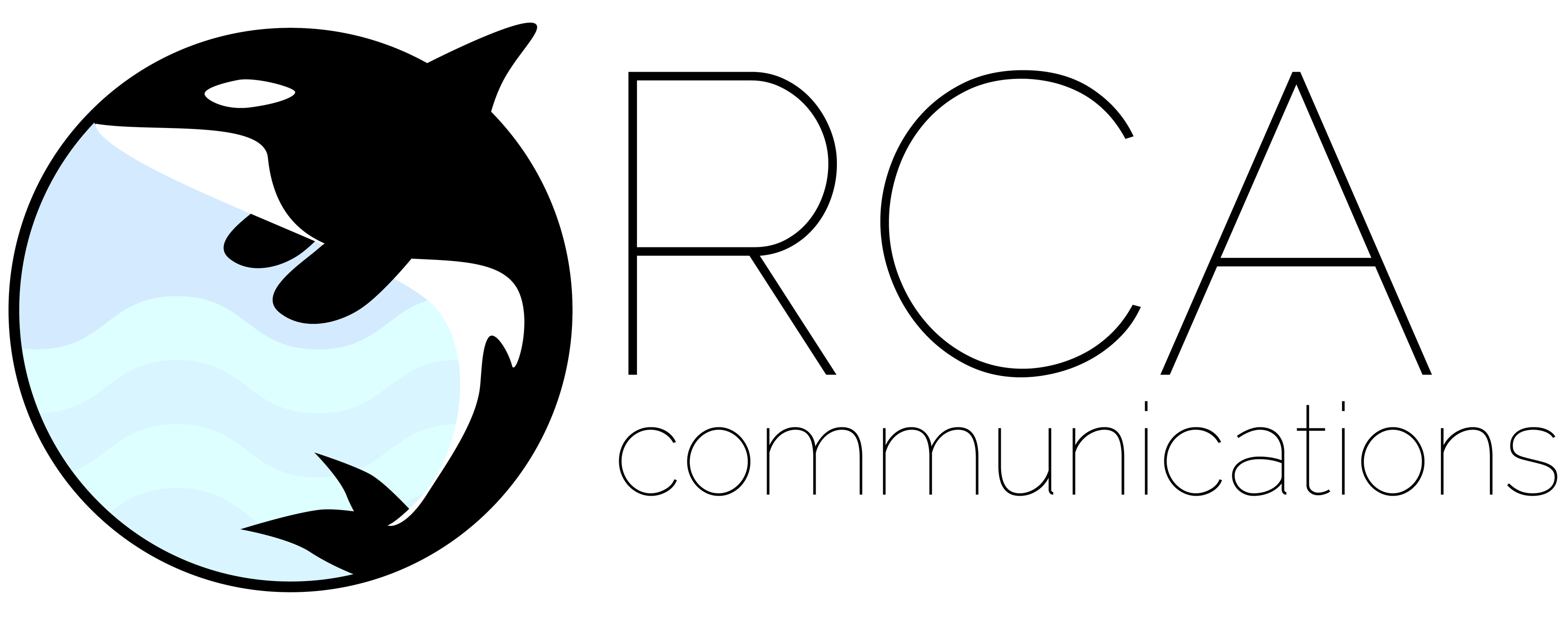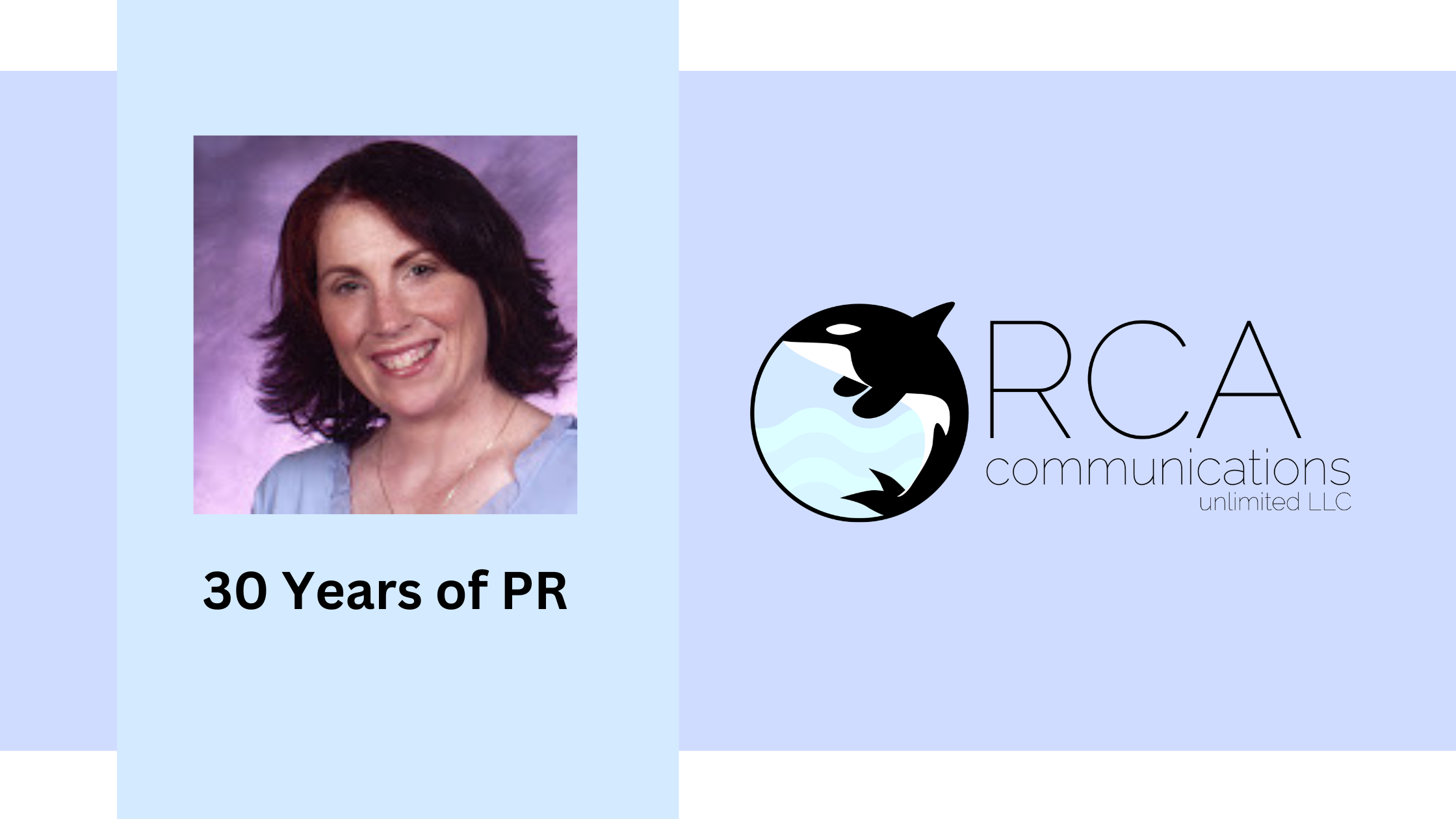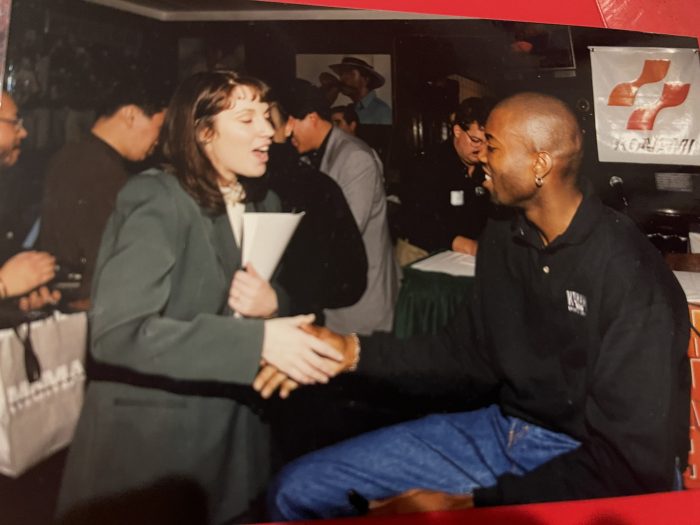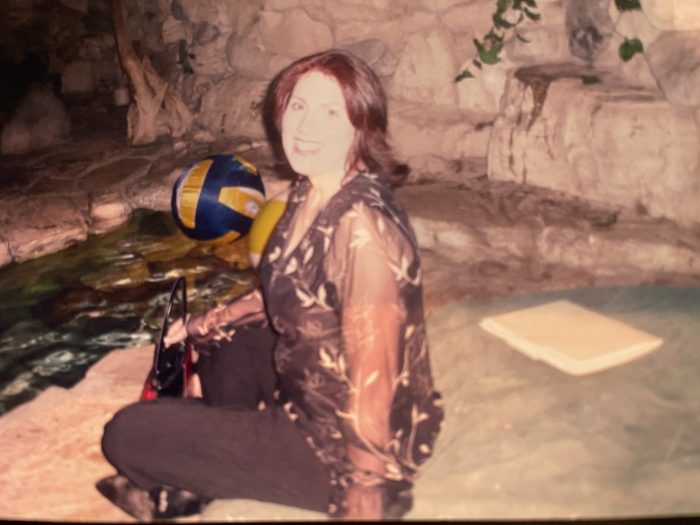30 Years of PR with Rita Tennyson
Orca Communications Senior Publicist Rita Tennyson is celebrating a big milestone this month. October marks 30 years of Rita working in the public relations industry. We talk a lot about how PR is evolving with rapidly growing technology and changing media habits, so we sat down with Rita to talk about the highs and the lows and to see what has and has not changed in 30 years.
You started your PR career in 1993. That was a big news year! Bill Clinton took office as U.S. President. That was the year Waco happened. Tensions were still high from the Rodney King trials. How do you think those events affected your early days as a publicist?
I graduated from college at Loyola Marymount University in ‘93 and then waited tables. I was a communications major/theater minor and didn’t know what I wanted to do, so my last semester, I tried an internship at an entertainment manager’s office. He represented a lot of celebrities, including Kasey Kasem and his wife (who brought in her pet pig). That job was cutthroat and crazy, so I decided I didn’t want to do anything in entertainment! I didn’t want to have anything to do with something that might ruin movie magic. After graduation, I answered an ad in the school newspaper for an internship in technology PR and they quickly hired me full-time.
I did NOT naturally love technology the way I love film, so I figured that a job in this industry wouldn’t spoil something for me! It actually was a good choice because technology is all around us and it forced me to learn more about a subject in which I knew nothing. And the first project I worked on was the World’s First Interactive Movie–so that was a lot of fun. I got to check in celebrities like Lily Tomlin at the Director’s Guild of America for the movie screening!
One of my earliest clients was a Diagnostic software that was pretty dry and I learned if I could succeed in meeting editors and getting press for that subject, then I could publicize anything! Plus it was one of the nicest clients I’ve ever worked with so there can always be something good that comes along with something less desirable.
In 1993, TV was king. People tuned in for the evening news and their daytime talk shows. Of course, print was big too. Every household had multiple magazine and newspaper subscriptions. When reflecting on your time in PR in the 90s. What were your big PR wins?
Technology didn’t get much attention on TV so I mostly started out in technical publications. I got lots of hits in places like PC Magazine – the grandfather of tech pubs (editor note: Rita still gets great placements in this outlet today). I did manage to get some TV hits around Vegas Trade Shows, like COMDEX and a new show called CES! I remember I had a sizzle reel for myself–a VHS tape filled with TV pieces I got for clients!
In ‘94, I started working with Video Game clients and got on The TODAY Show–I had to show up at the Los Angeles Convention Center at 3AM (the best drive to the CC I’ve ever experienced) and slipped in through a loading dock to meet up with the client and host. In 1994, I also vividly remember watching the OJ Bronco chase from someone’s computer at my office!
Do you remember your first online media hit?
My first real media hit was in Entrepreneur Magazine, but my first online hit? The early days of the Internet were interesting! We did everything via fax machine and mail before that and once the Internet started, it looked nothing like it does today. And a big news story at the time was, ‘such and such launches a Web Site!”
The first one I remember was in New York Times Online in 2002 with the announcement of a mini-CD player! I also got print pickups in PC Magazine, Computer Shopper, Network World, Sports Illustrated for Women, and National Geographic Traveler. Then in 2003, I helped a client launch an illuminated keyboard–the favorite of gamers because you could play in the dark! I got an online hit from Gamespy.com and lots of print hits (Business Week, Maxim, Penthouse. Continental, Computer Shopper, NY Times, and Playboy) as well as lots of TV (I was able to snag 13 camera crews to come by our booth and film at CES 2003).
At what point did you realize PR had shifted into becoming more of a digital world?
Once I got email, everything changed! But not every newsroom had the internet so we still did a fair amount of faxing.
When I first started, there was a large book called Bacons that was like the Bible for publicists. Everyone’s name, beat, contact info, etc was published in there like a giant Who’s Who of reporters. They published new editions of those books quarterly–and then Bacon’s books went on CD-ROM and eventually online, but only one person could access the database at a time and it was very slow!
Are there lessons from the 90s that still serve you well today? Like… what HASN’T changed!?
Pitching is still all about attention because the reporters get tons of inquiries! Writing a short, concise pitch is really important–and making sure I’m writing to my audience is key. I have always crafted messages to the reporter, keeping in mind what they might need. An item for your holiday gift guide rather than just tell them about a product with details for the consumer. They are going to need those details eventually for their story–I’ll maybe include that down below–but I first need to let them know how it fits what they are writing.
What do you really like about the media and PR today?
What I really like about PR today is that rather than waiting 3-6 months for a story to appear in print, you can see a story, maybe the next day! I don’t miss having to wait! And there are so many tools to help you out–when technology works, it’s wonderful. I do really miss all the media press tours I used to set up, but I much prefer sitting at home and Zooming with the media!
Are there any upcoming media trends that you’re excited about?
Substack today parallels the early days of the internet–not everyone has them, but they are growing in popularity and pretty soon, they’ll be everywhere–or will morph into something else. It’s all pretty interesting to see where things are going…
Last question: why did you choose PR as your career? And do you have any advice for new publicists just getting started?
I’m not sure why I ultimately chose PR–I did a lot of acting, and I enjoyed being on stage portraying someone else, but not as Rita. I’m the kind of person who doesn’t want to be in the spotlight myself, but I love helping others shine! I see it as a way to help both the clients get great coverage and help the reporters get a great story–it’s a win-win! It ultimately involves a lot of organization of facts and details and people and I’m pretty good at keeping it all sorted when I realize it’s a daunting task for the people actually creating the product.
It is kind of a bummer when I try to explain to someone what I do because no one actually knows this job exists–they think of PR as throwing parties. I’ve done parties too-I’ve thrown three media events at the Playboy mansion! I invited media to a video game competition broadcast by MTV in New York City in 2005, and I did an event for a big game publisher at the All-Star Game at Madison Square Garden in 1998 debuting a new basketball video game, but it’s way more satisfying to see the product in print in Brandweek, BusinessWeek and Newsweek and know I made that happen. No, I did not write the story and no I did not make the product, but no one would know about it if I wasn’t involved.
Advice for new publicists? Be flexible — the only thing that will stay the same is that everything changes! And if you have a criticism of something, come up with a constructive idea to fix it. Even if it doesn’t seem possible. I guess that’s just advice for anyone! Specific to publicists–value your media contacts and treat them well. Working with reporters can be challenging, but also if you work with them how they like to work, they will remember that and want to work with you again!



